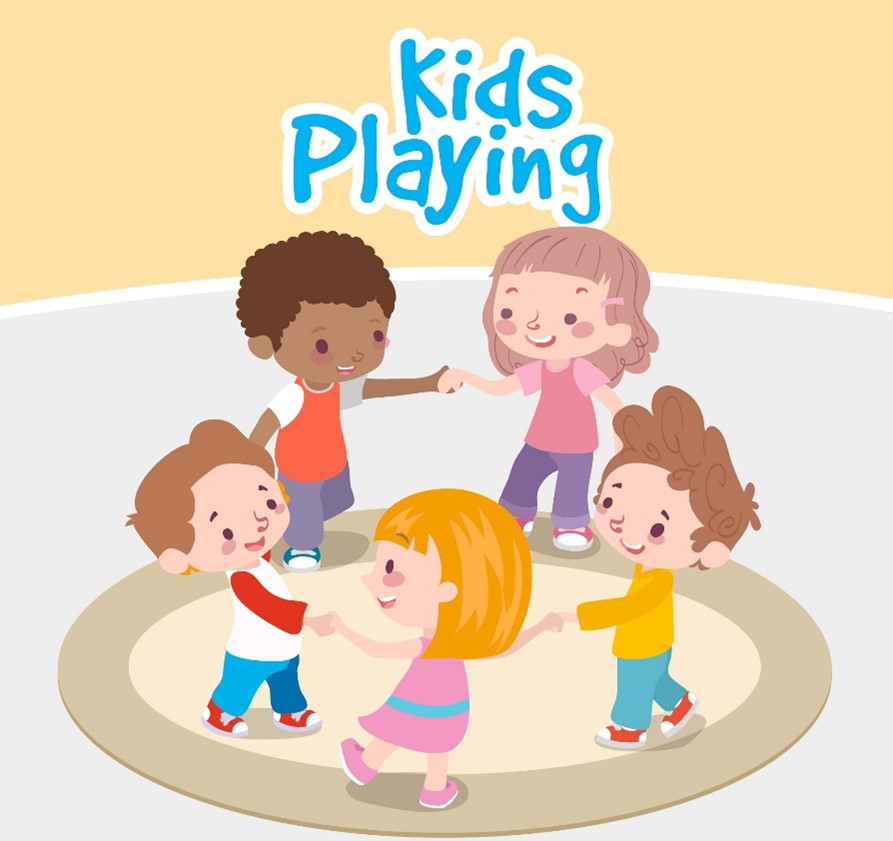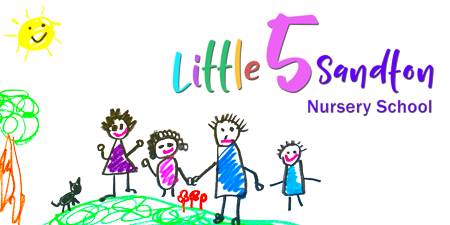Sharad Bhatia June 7, 2017
Learning through purposeful play can help pre-schoolers reach goals and standards in ways that a standard curriculum can only hope to do. Structured and purposeful play is a medium of instruction on its own. As the quote from a famous educationist says ‘There is play in work and work in play’. There are many practical ways to blend the purposeful play methodology into all aspects of the prescribed curriculum. Flexibility is an important part of the purposeful play activity and it helps the child grow and learn.

What is purposeful play?
Purposeful play when taken at face value is structured play. There is a certain reason to the way the play activity is scheduled but there is also openness in the reaction that the child can give. Young learners are found absorbed in play and totally engaged in the activity, increasing the attention span dramatically. They think metaphorically and abstractly during play. They negotiate and settle making problem-solving a major component of the activity.
Play can be used to strengthen classroom teaching, especially in case of math and science. The preschool accreditation standards adopted by effective and well-researched preschool development programs introduced by preschool accreditation agencies like QualityKG combine the power of play and learning to create a fun and engaging learning environment.
A simple game of mixing colours to teach about the rainbow can turn into a discussion about the colour wheel or primary and secondary colours. Social and emotional skills can be fostered with purposeful play. Sharing games like relay races and other team activities teach the child the importance of team work and collaboration. The possibilities are endless.
What is the purpose of purposeful play in the classroom?
The first and foremost thing I can suggest is the power of play in developing a healthy competition. Competitive spirit is the base of the motivation a child carries through to adulthood. As the medium is play and fun, the competition is healthy and not destructive.
There is a joyful feeling at the completion of an activity. Play is not a burden and the child learns in a fun filled manner. For example, when you give early learners beads to string, you can actually hone their motor skills, hand and eye coordination and teach them to count and recognize colours with the same play material! The children feel happy with the finished product and re motivated to perform more complex tasks while playing.
Children can be taught to explore and take calculated risks through play. You might be pleasantly surprised with their intuitive and innovative problem-solving skills. A child in a preschool painted the sky red in an art class. When asked why she did not paint it blue like the others, she calmly said that there was a storm and storms are angry. The association between storms and anger and the use of red to denote the fury of nature was astounding! And it was an association she learnt from play!
How preschools can organize purposeful play?
The simplest way is to train teachers to observe traits and reactions in the course of play. To gauge the child’s readiness for play and problem-solving skill levels the experienced teacher can simply use old methods in a new way. For instance, instead of singing a rhyme in the same way, the teacher can change the lyrics or tune and test the adaptability skills of the child. In the end we need to remind ourselves, that purposeful play is an integral part of the early learning process and should be a part of the daily activity of the preschool. Is your child’s preschool or play school franchise engaging him or her with purposeful play?
http://blog.qualitykg.com/2017/06/07/learning-purposeful-play/

